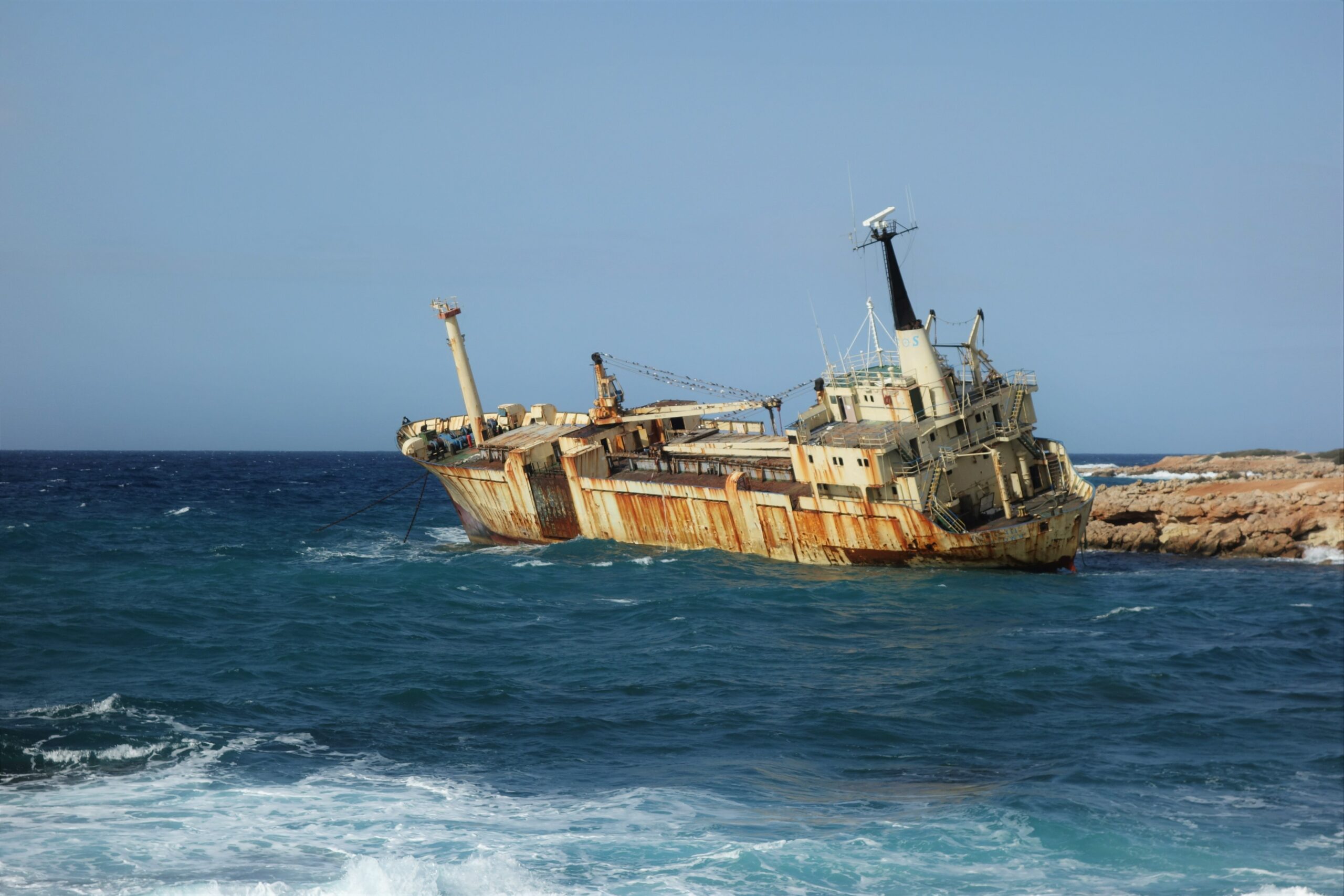On the Vessel Operator’s Wishlist: A Smart Collision Avoidance Solution

Despite the considerable advances being made in the maritime sector, even the most well-equipped vessels require a comprehensive collision avoidance solution while at sea. Take, for example, the case of the HNoMS Helge Ingstad and Sola TS collision. Reviewing the 2021 report from the Norwegian Investigation Board (AIBN), there is much to be learned from the accident. According to the report, human error was the root cause of the accident. That is often the case for most collisions at sea.
The combination of an inexperienced officer of the watch, and the lack of experience in operating navigational radar and AIS systems, meant that by the time the crew realised the severity, the collision was imminent. Upon closer analysis, although the Helge Ingstad vessel has an integrated platform management system and the alarms were ringing, the system did not indicate a high priority for action. That means that important actions and decisions were not being made fast enough by crew members, and precious time was lost while a large quantity of data was being processed. The Helge Ingstad accident highlights the importance of crew members having proper maritime safety training. A critical factor in the collision was the lack of experienced crew members at the helm. This incident also focused on the need to deploy newer technologies in seafaring ventures. Fortunately, there were no human casualties.
Not all collisions narrowly escape with zero casualties. There was the Costa Concordia incident, another avoidable collision resulting from a fatal human error, which sank after crashing into an underwater rock and took the lives of 32 individuals on board. The ill-fated cruise liner’s captain, Francesco Schettino, claims in his court defense that the collision was unavoidable as his sonar systems did not warn him about the dangers below the waters as he was sailing too close to the shore.
The sinking of these two high-profile vessels could have been avoided if the vessels were equipped with a smart collision system – such as one like the LadarTM Sensor Suite. Leveraging on the knowledge available and vast seafaring experience, the LadarTM Sensor Suite aims to reduce the likelihood of such accidents in the future. For example, regarding training and ease of use, the LadarTM Sensor Suite prides itself on being UX-friendly and easy to understand. The solution combines state-of-the-art real-time processing with advanced object detection and classification algorithm based on machine learning techniques that constantly identify danger and provide the proper level of warning to the crew. Additionally, the technical design team has a deep understanding of the time criticality of a possible collision, and the onboard computers are programmed to give a clear indicator of actions to be taken in order of priority, action, and accuracy.
Considering the factors responsible for the Costa Concordia collision, it seems the aging sonar systems lack the accuracy that newer technological advancements like LiDAR/LADAR can provide. The LadarTM Sensor Suite uses a patented blue-green light technology. The advanced LiDAR-based system can detect obstacles as far as 1 km away and look and scan for obstacles beneath the surface level. This feature helps vessels easily avoid reefs, rocks, and other possible dangers in shallow waters.
These are just some examples of how innovative solutions can help make seafaring safer by reducing the chances of collision. Contact and collision incidences are not only costly but also detrimental to the reputation of a company. Collisions also cause considerable environmental damage, so a smart collision system can easily claim the top spot on any vessel operator’s must-have list.

